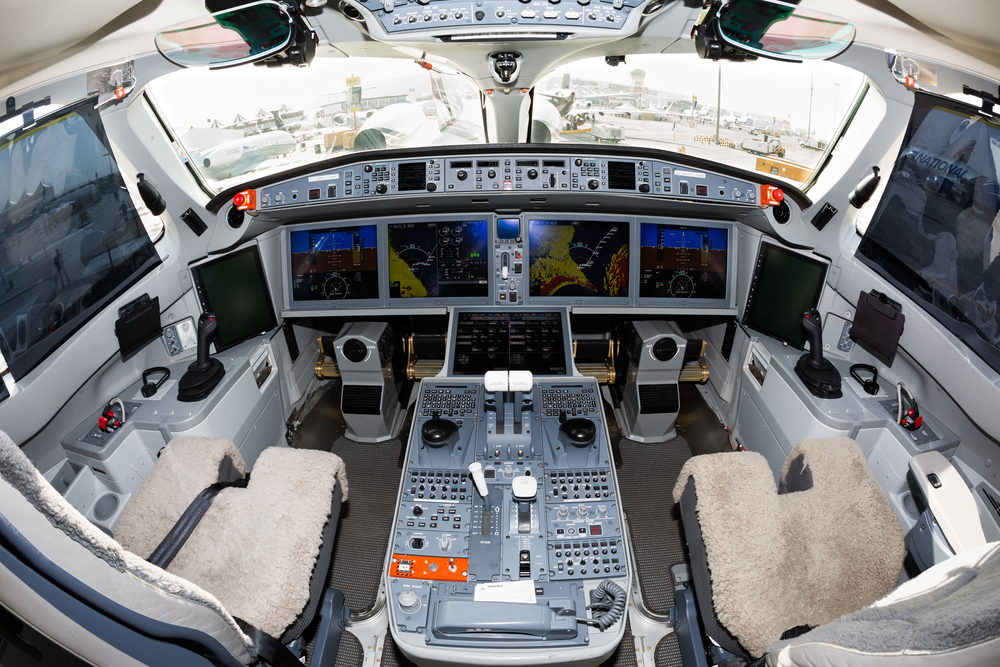Aviation in India is poised for remarkable growth with a billion dreams taking flight. It is on an upward trajectory, which encompasses scheduled, non-scheduled, and air cargo services, dominated by domestic air traffic. As per the International Air Transport Association (IATA), India is expected to overtake the United Kingdom to become the world’s third-largest air passenger market by 2026.
A growing middle class and young population with a greater tendency to travel, airport privatisation, increasing disposable incomes, the rise of low-cost carriers, greater FDI inflows, and an improving GDP are primary forces contributing to the sector’s growth. Eventually, as demand for air travel is growing, the role of technology in cultivating that experience is only getting more profound.
More aircraft, more sectors, more low-cost carriers
No other country in the world is purchasing as many aircraft as India. Tata Group’s Air India secured one of the largest historic deals with Boeing and Airbus for aircraft, which reflects the growing confidence and potential of the industry. A significant development in the history of aviation has been the rise of low-cost carriers (LCCs) in response to the remarkable surge in domestic travellers seeking budget-friendly travel options. What was once a luxury is now almost a necessity.
With convenient and affordable options, and increased frequency, air travel is becoming more accessible to the masses; and this change is forthcoming in a large nation like India that is still strongly reliant on trains, with 20 rail journeys for every one air journey. As the Indian aviation sector aims to meet the growing ambitions of its people, improvement in connectivity across the length and breadth of the country is becoming even more crucial.
Technological advancements & opportunities
The development of technology has been at the forefront of this aviation boom. Significant investments have been made in the improvement of fleets, airport infrastructure, and passenger services. Indira Gandhi International Airport, Delhi is racing to get bigger. It opened an elevated taxiway and added a fourth runway in July. It is expected to become the second busiest airport in the world, after Hartsfield-Jackson Atlanta International Airport in the United States and will be ready for 109 million passengers.
Cutting-edge technologies like artificial intelligence (AI), AR/VR, blockchain, big data, metaverse, and machine learning (ML) will increase operational performance and cut costs. With the release of its T2 digital twin, “BLR Metaport”, Bangalore International Airport Ltd. (BIAL) has joined the metaverse. It provides a realistic, three-dimensional virtual experience of the recently opened Terminal 2.
Technology will play an integral part in the airline business, with India leading the way with biometric-focused facial recognition programmes like Digi Yatra. According to the Aviation Industry Report 2023 IBEF, 220 airports are expected to be operational in India by 2025.

Managing Director
Air India Express
Innovation: The fuel of the industry
The constant pursuit of innovation is essential to make the industry agile and efficient. Airlines are investing in Sustainable Aviation Fuel (SAF) to confront the increased scrutiny over its carbon footprint. Airlines are increasingly attempting to enhance the travel experience of their passengers by improving their onboard services like making hot meals available, developing in-flight entertainment systems and upgrading interiors.
The enhanced presence of the Tata Group in the Indian aviation sector has provided a massive boost to business, competition, innovation, and passenger experience. Not only has this placed greater importance on the quality of air travel for Indian passengers, but it has also established India as a significant player in the global aviation landscape. Each airline is continuously pushing the boundaries and passengers benefit from the competition as it drives innovation. With aviation growing at a constant 15 percent per year in the decade preceding the pandemic, the Indian boom appears all but certain to affect the future of aviation worldwide.



